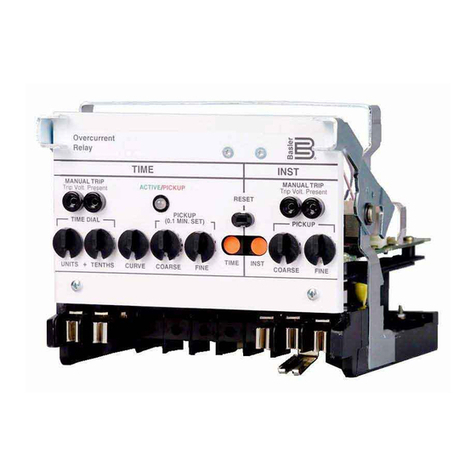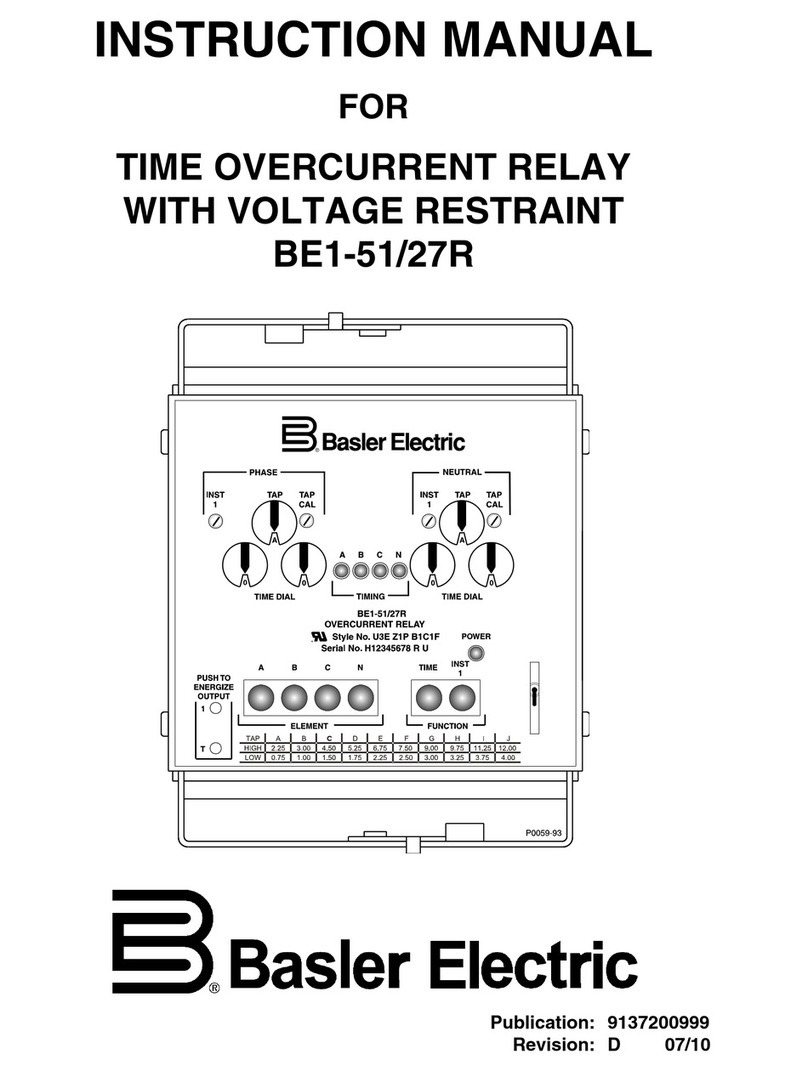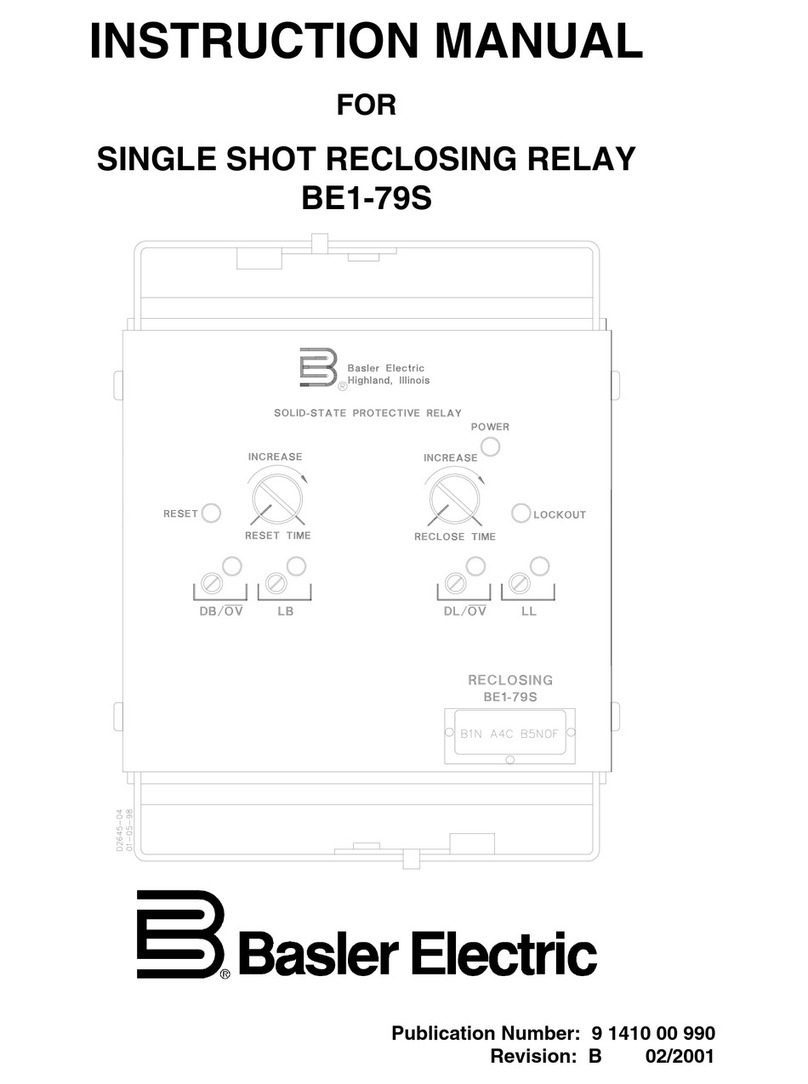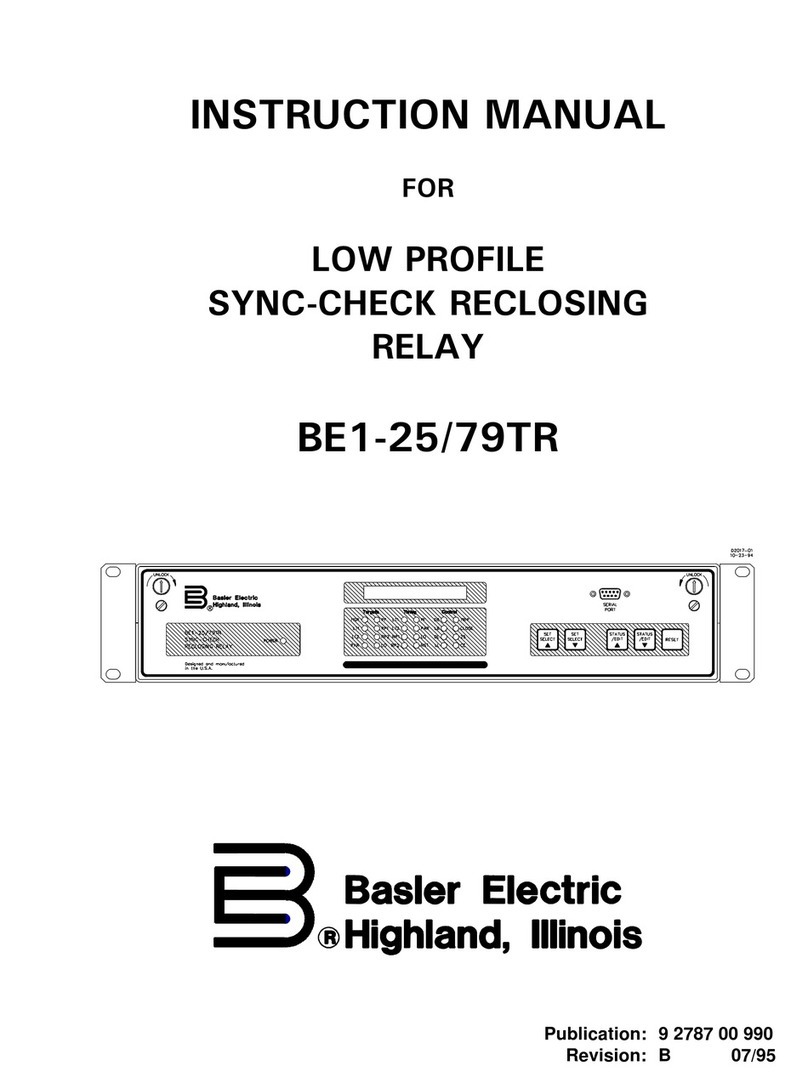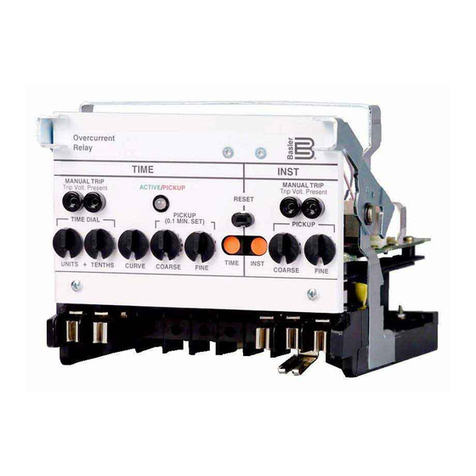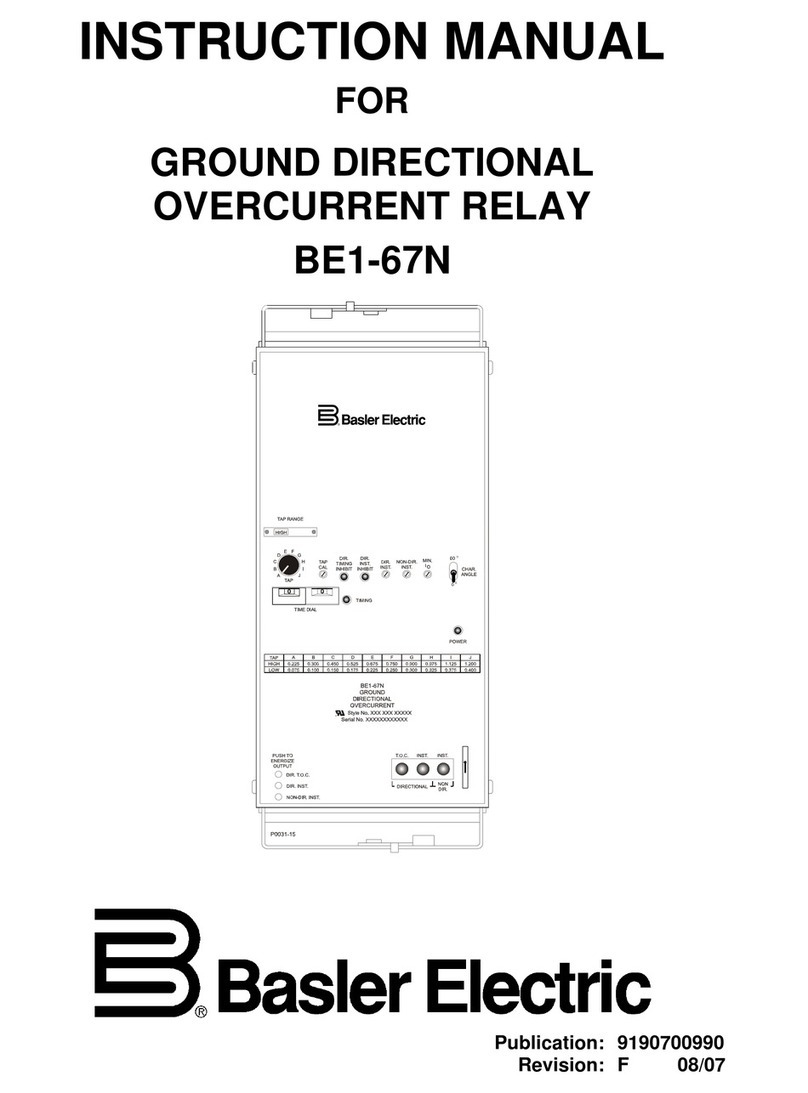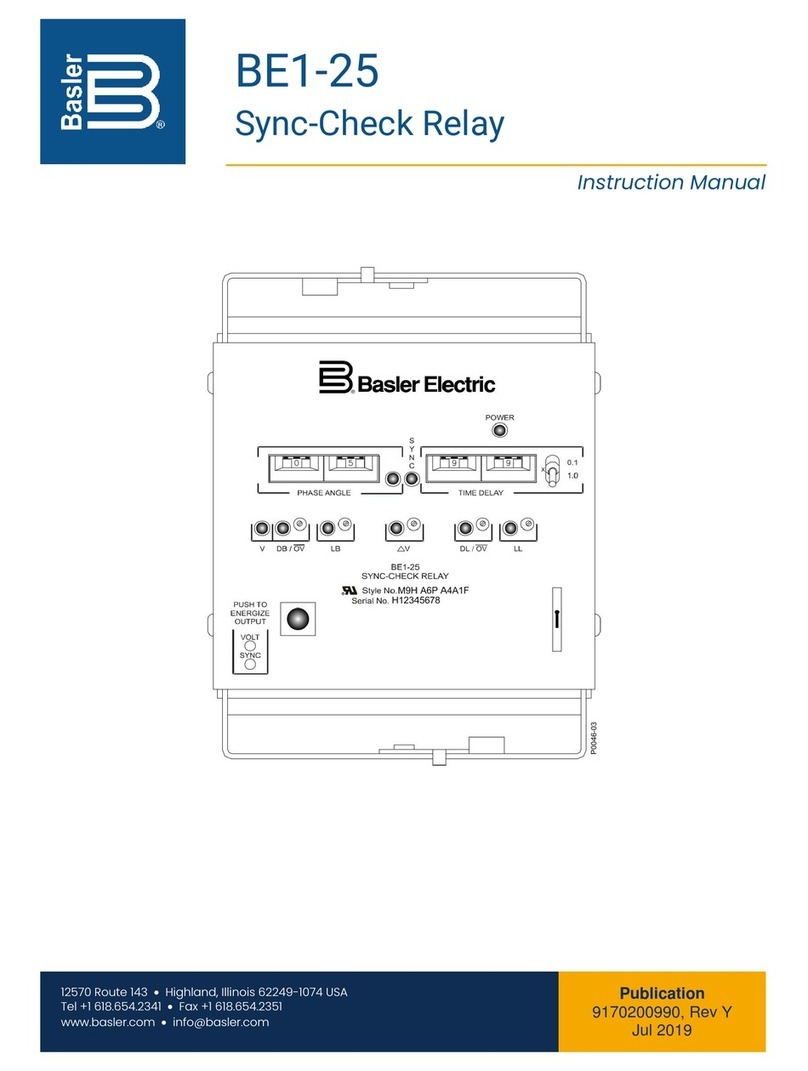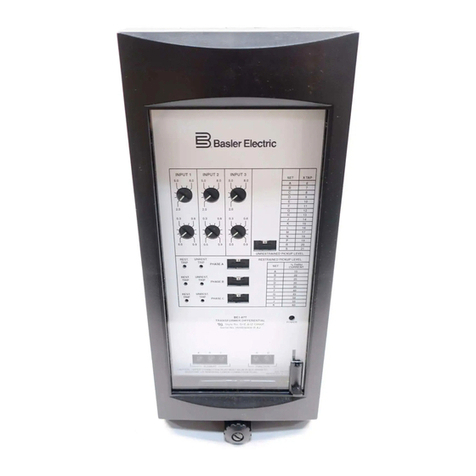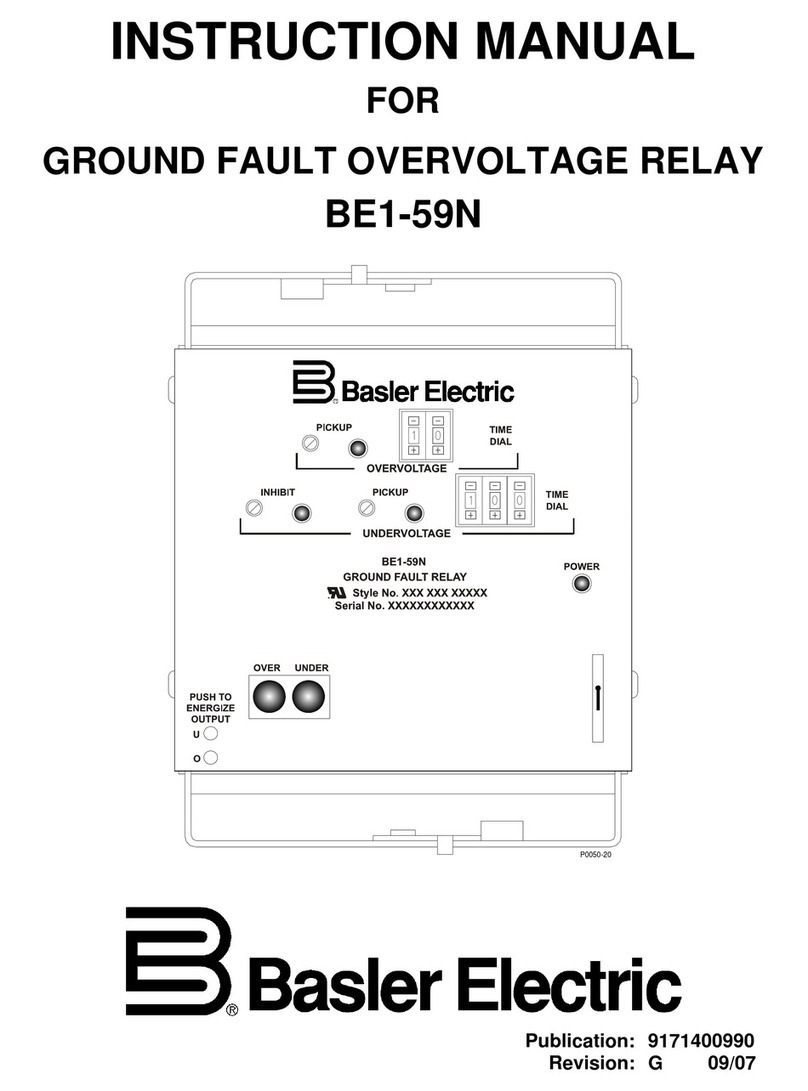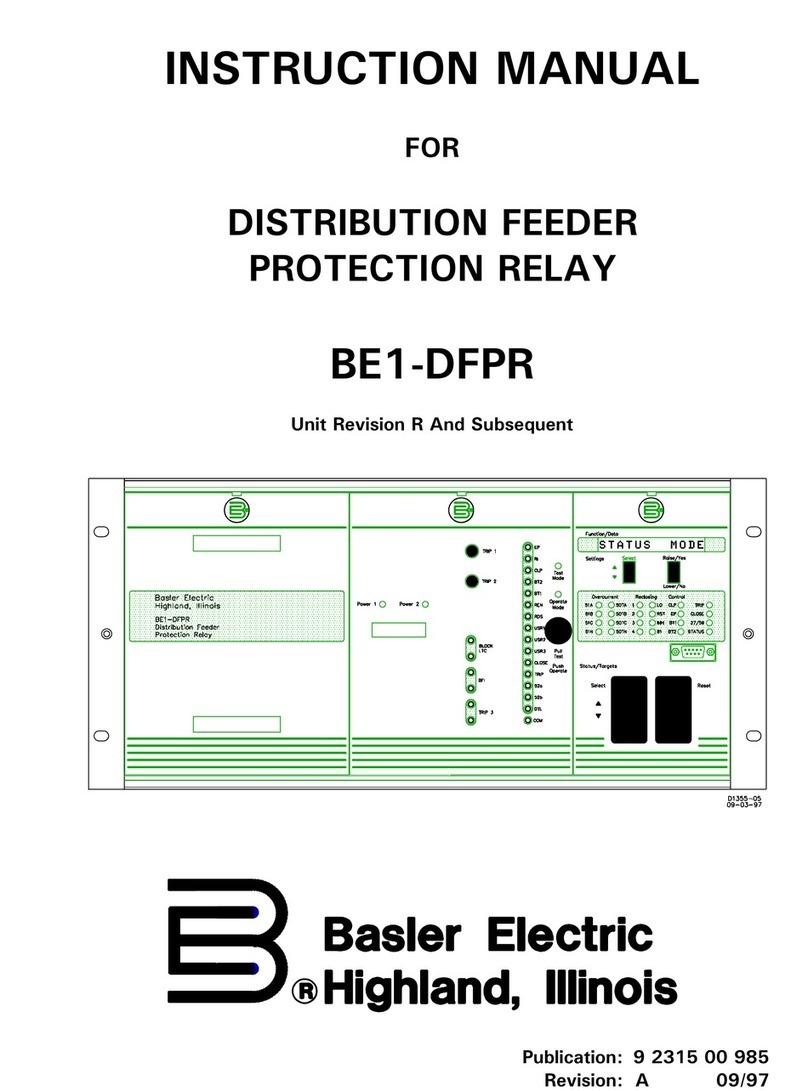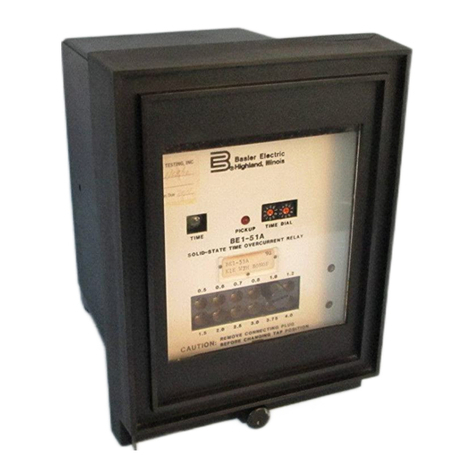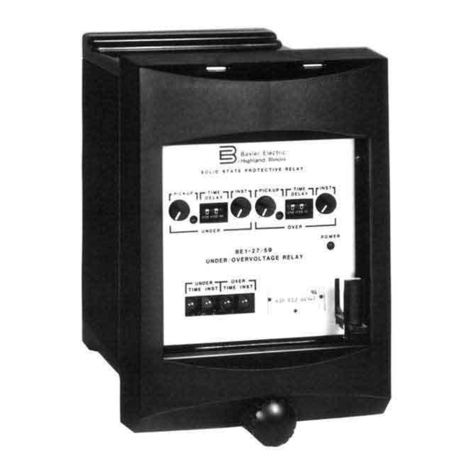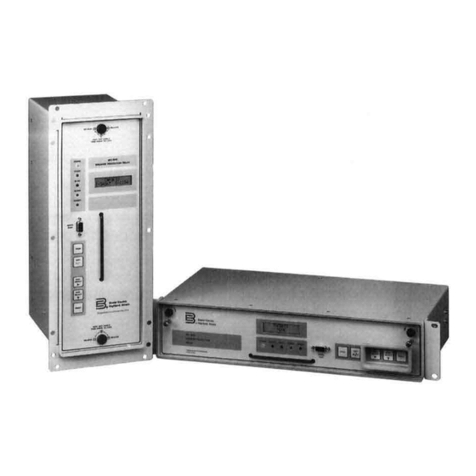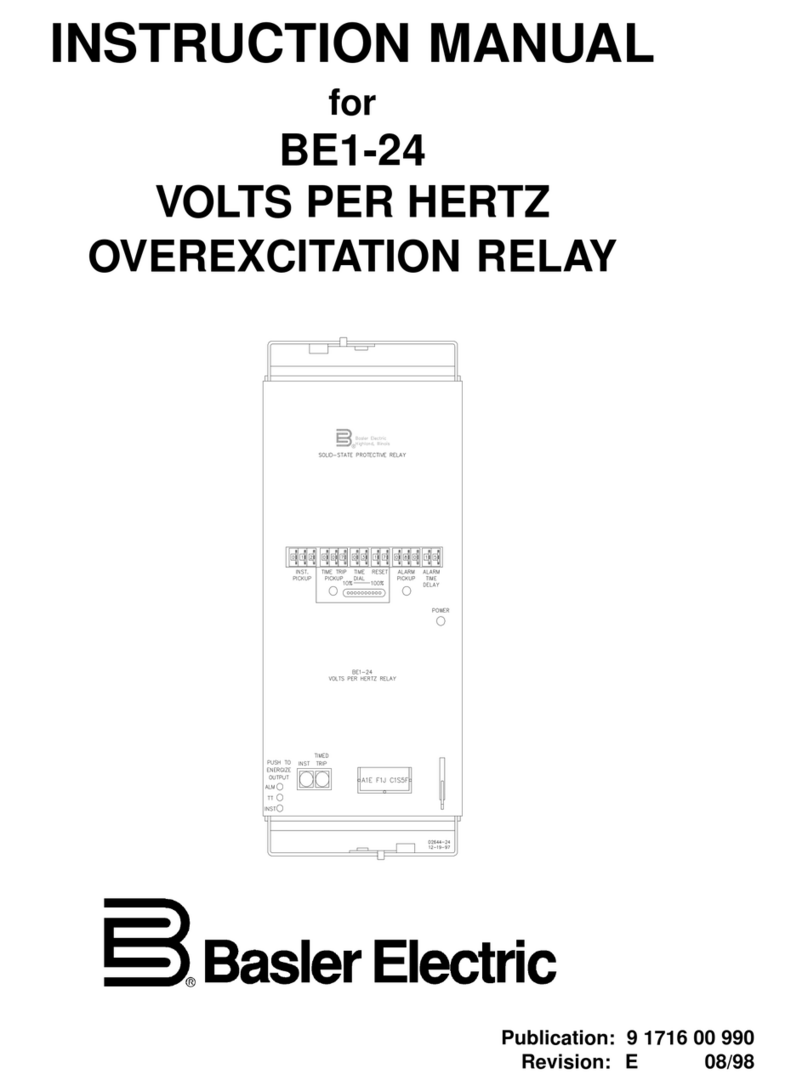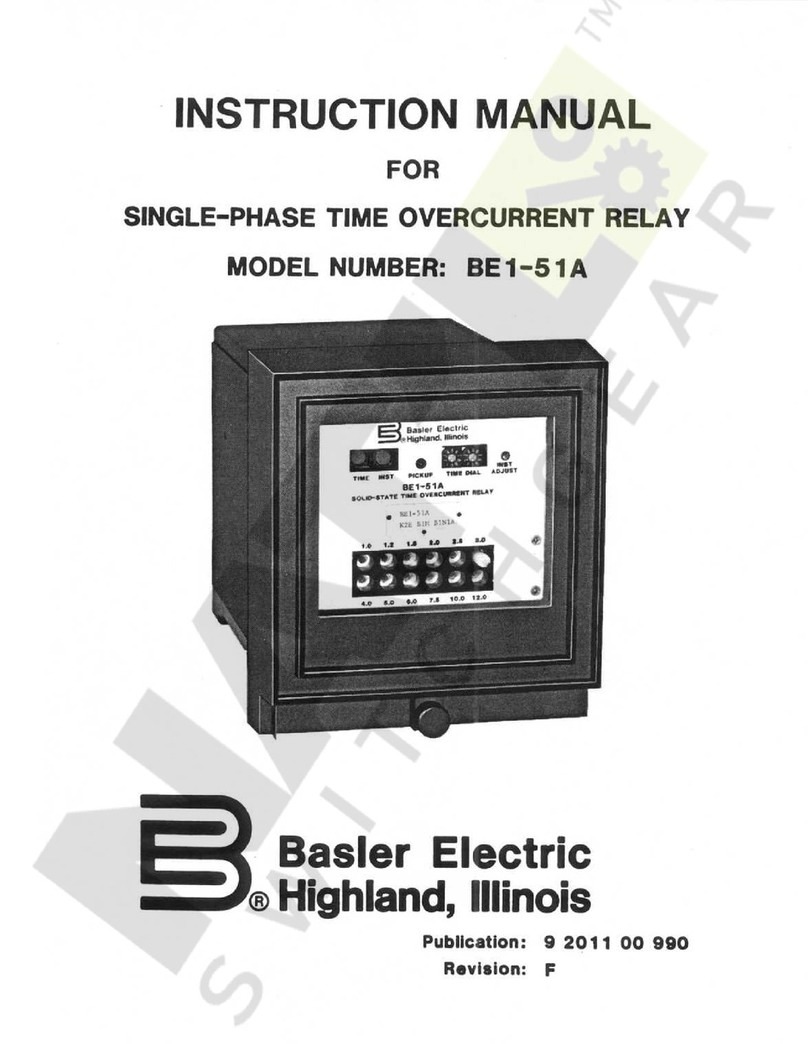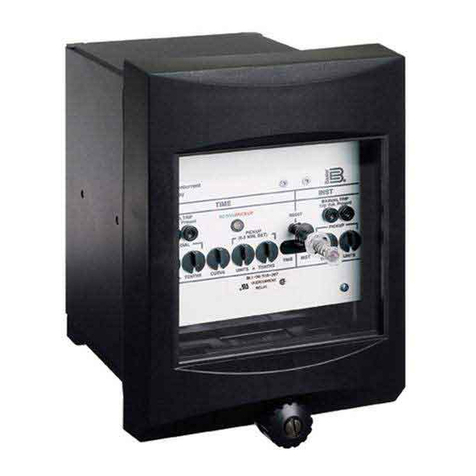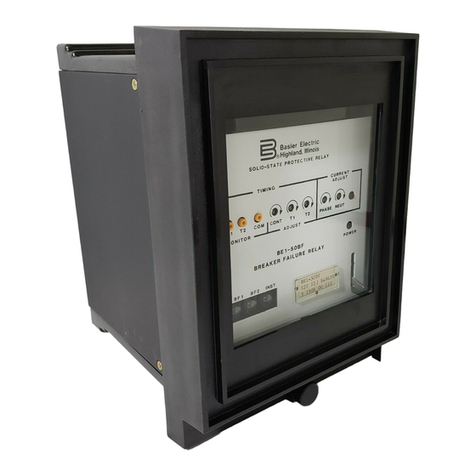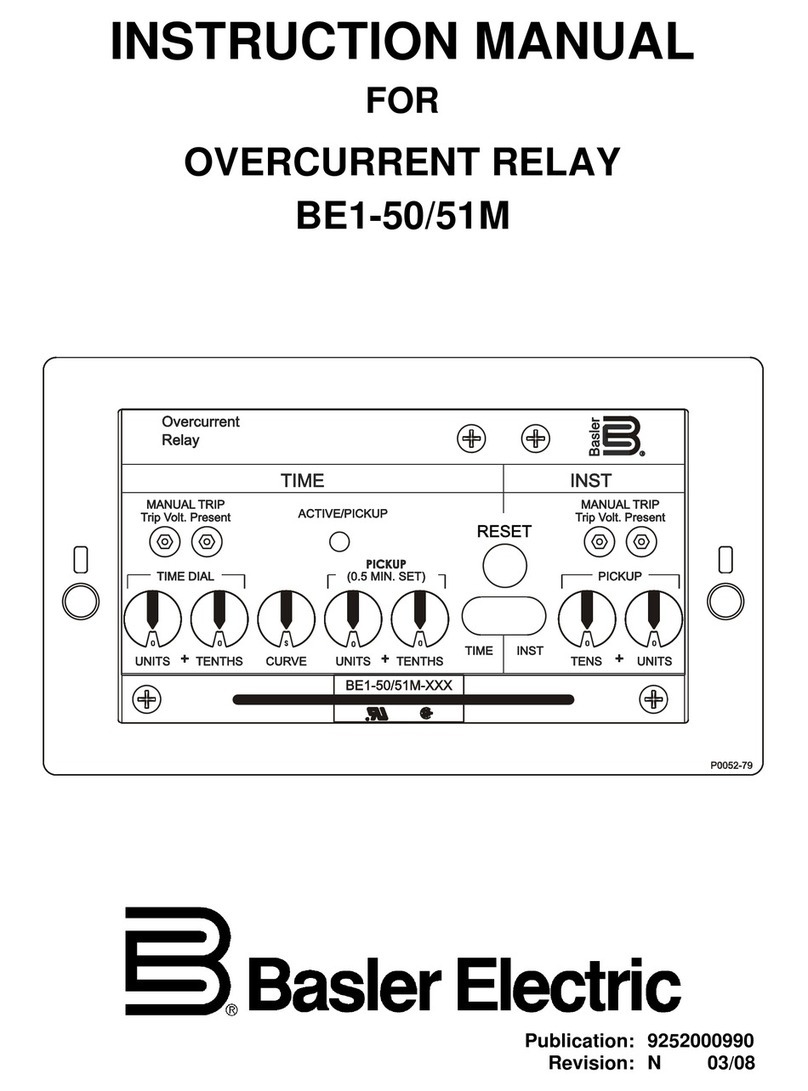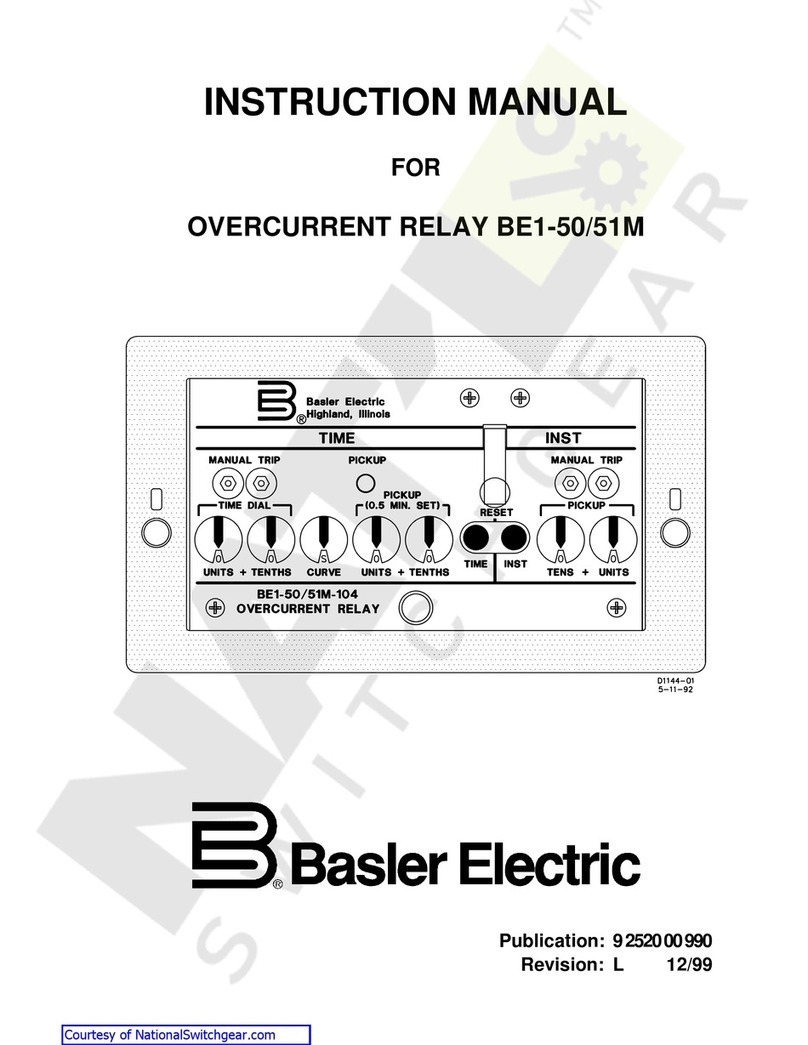
BE1-50/51B-214/-225 - Introduction iii
$$#
SECTION 1 GENERAL INFORMATION ....................... 1-1
Description ........................................................ 1-1
Application ........................................................ 1-1
Features ........................................................ 1-2
Advantages ........................................................ 1-2
Specifications ........................................................ 1-2
Characteristic Curves ................................................. 1-10
SECTION 2 HUMAN MACHINE INTERFACE ................... 2-1
SECTION 3 FUNCTIONAL DESCRIPTION ..................... 3-1
General ........................................................ 3-1
Functional Description ................................................. 3-1
Sensing Input ..................................................... 3-1
Power Supply ..................................................... 3-1
Instantaneous Signal ............................................... 3-1
Time Signal ....................................................... 3-1
Microprocessor .................................................... 3-1
Power-Off Sensing ................................................. 3-1
Outputs ........................................................ 3-2
SECTION 4 INSTALLATION ................................ 4-1
General ........................................................ 4-1
Dielectric Test ........................................................ 4-1
Mounting ........................................................ 4-1
Factory Settings ...................................................... 4-1
Installation ........................................................ 4-1
Application Coordination ................................................ 4-2
Connections ........................................................ 4-3
AC Input Connections .............................................. 4-3
DC Control Connections ............................................ 4-4
SECTION 5 TESTING ...................................... 5-1
General ........................................................ 5-1
Dielectric Test ........................................................ 5-1
Operational Test Procedure ............................................. 5-1
Test Equipment Required ........................................... 5-1
Pickup and Timing Test Setup ........................................ 5-2
Target Operational Test Setup ........................................ 5-2
Test Procedure, Models BE1-50/51B-214 (Five Ampere Sensing Input) ....... 5-3
Test Procedure, Models BE1-50/51B-225 (One Ampere Sensing Input) ....... 5-5
Setting the Relay ...................................................... 5-8
Periodic Tests ........................................................ 5-8
General .......................................................... 5-8
Periodic Test ...................................................... 5-8
www . ElectricalPartManuals . com
